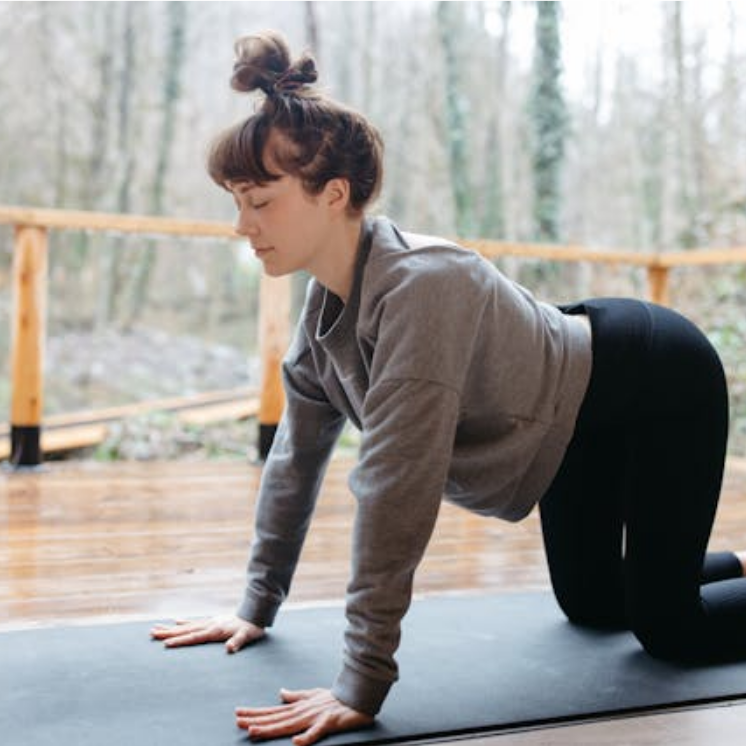The Morning After the Gym
You crushed your workout. Yesterday, you felt invincible. Today? You’re waddling down the stairs like a penguin, clutching the railing, and silently cursing squats. That’s delayed onset muscle soreness (DOMS)—the bittersweet badge of a hard session. But what if there was a way to speed recovery, reduce soreness, and get back to training sooner? More athletes are asking whether grounding—also called earthing—can help.
What DOMS Really Is
DOMS stands for delayed onset muscle soreness, the stiffness and tenderness that usually peak 24–72 hours after a workout. It’s caused by microscopic tears in muscle fibers and the inflammatory response that follows. While it’s part of how muscles grow stronger, too much soreness can sideline training and reduce performance.
That’s why many are turning to natural methods like grounding muscle recovery DOMS support to help the body bounce back faster.
Grounding’s Anti-Inflammatory Power
So how does grounding come into play?
When you’re connected to the Earth, free electrons flow into the body, acting like natural antioxidants. These electrons neutralize excess free radicals—the same reactive molecules that drive inflammation and muscle damage after exercise.
Studies also show grounding calms cortisol levels and shifts the nervous system into a “rest-and-repair” mode. Together, these changes may explain why grounding reduces soreness and supports recovery after intense training.
What the Research Says
The science is early but compelling.
-
Earthing workout recovery research has shown reduced inflammation markers and faster healing times in athletes who grounded compared to control groups.
-
Pilot studies suggest grounding can improve blood flow and reduce red blood cell clumping, helping oxygen and nutrients reach damaged muscles more efficiently.
-
Case reports describe faster wound healing and less swelling—making grounding injury healing a promising area of study for sports medicine.
Even without large-scale trials, the trend is consistent: grounded athletes report less soreness and better readiness for their next session.
Real-World Results
Science aside, what do people actually feel?
-
“After leg day, I usually hobble around for three days. With grounding, soreness is still there—but it’s cut in half.”
-
“I started sleeping grounded during marathon training. Recovery felt faster, and I could stick to my plan without skipping long runs.”
-
“Grounding made the difference between dreading my next session and looking forward to it.”
These experiences point to a clear pattern: earthing sports performance support isn’t just theory—it’s something athletes notice in their day-to-day training.
How to Add Grounding to Your Routine
Here’s how to make grounding work for your recovery:
-
Sleep grounded. Use a grounding mattress pad so your body repairs while you sleep. Overnight sessions give muscles the longest exposure to grounding’s benefits.
-
Pair with proper nutrition. Think of grounding as complementary—it works best alongside protein, hydration, and rest.
-
Stay consistent. One night may not be enough. Benefits accumulate with daily use.
-
Use post-workout. Even short grounding sessions (30–60 minutes) after training may support faster muscle repair.
Conclusion – Faster Recovery, Naturally
Muscle soreness is inevitable—but being sidelined by it doesn’t have to be. The growing body of research and personal stories suggests grounding may ease inflammation, reduce oxidative stress, and speed recovery. For athletes, weekend warriors, or anyone tired of hobbling after a hard workout, grounding offers a safe, natural way to support the body’s recovery systems.
















